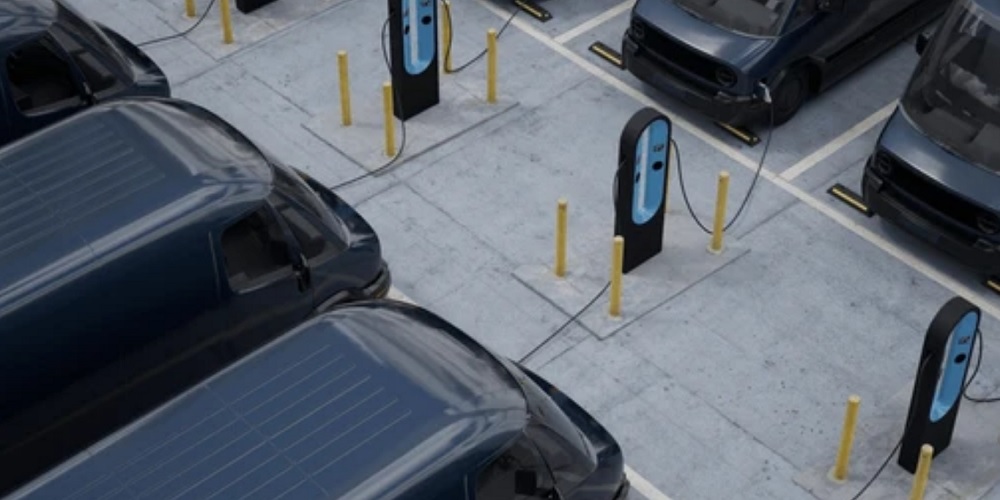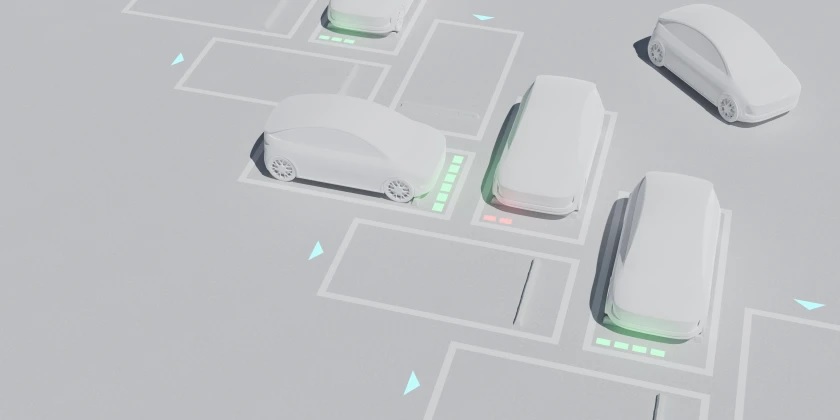Debunking EV fleet challenges for government fleet managers

It’s time for your organization to start thinking about EVs. Today, thousands of North American governments have at least one EV in their fleets.
Unfortunately, there are still many municipal fleet managers who feel uneasy about making the shift. Nearly half of them (46%) say that greening initiatives are now their top industry challenge.
While there are legitimate challenges regarding adopting fleet EVs, many are blown out of proportion by the spread of misinformation. Most can be overcome with proper planning, including a step-by-step strategy for long-term acquisitions.
This article debunks common EV fleet challenges so you can better understand the journey ahead. It also shares multiple resources as you forge a path toward an EV future.
The EV myths that government fleet managers should know
Due to widespread misinformation about EVs, many government fleet managers hesitate to adopt them. Fortunately, many of these claims are unsubstantiated at best and pose less of a problem than you may think.
Here are a few of the most common EV adoption myths.
The limited range of EVs
Many drivers feel concerned about the EV mileage range and worry that they don’t have the distance to complete daily tasks. However, most EVs offer a range between 250 and 500 miles, and the average driver only commutes 40 miles daily. Unless you live in an extremely rural location, EV mileage is unlikely to be a problem for your fleet.
The maintenance cost of EVs
This common misconception originated in the early 2000s. EVs break down less frequently than traditional vehicles, have fewer parts to maintain, and last longer with regenerative braking. Incorporating EVs into your fleet may be more cost-effective than relying on conventional vehicles alone.
The speed of EVs
Some drivers worry about the speed of EVs and wonder if reduced rates could affect their daily tasks. However, EVs are actually 63% faster than the typical gasoline-powered car. There’s no need to worry about lost time or upended schedules.
Challenges and solutions in the adoption of EV vehicles
With these common myths addressed, let’s look at the more complex challenges that you may face on the road to EV adoption.
High cost of infrastructure
The cost of purchasing EVs may be steep for local and state governments. Besides accessories and vehicle maintenance, organizations have to consider plugs, telematics, etc.
Fortunately, many grants, subsidies, and rebates exist to help government institutions purchase EVs and equipment. You can browse official websites like the Joint Office of Energy and Transportation to get a birds-eye view of options for your fleet.
Scarcity of charging stations
There are only 138,100 charging outlets for EVs in the U.S., with more than 44,600 in California alone. Now that there are 3 million EVs in operation in the country, most state and local governments need to invest in their own infrastructure.
Non-federal agencies can get creative with charging station installation and repurpose existing infrastructure to support their changing needs. You could:
- Set legislation requiring new buildings to come with charging stations
- Add charging stations to parking garages to capitalize on space
- Share charging stations with private drivers to subsidize costs
- Look into unique charging infrastructure (such as solar panels)
Consider gathering a team of professionals from various stakeholder groups in your community. Utility companies, construction teams, and other public agencies may have ideas to share. Remember, the larger your reference team becomes, the larger your brainstorming sessions can be.
Urban design challenges
Studies show that the design of your municipality can have a dramatic impact on EV effectiveness. Urban cities may have the space to accommodate updates, while rural locations, seaside towns, or rocky areas typically require additional planning.
Fortunately, telematics can help you map more efficient routes, avoid heavy traffic, and leverage intelligent transportation systems to ensure cost-effective operations. You can also strategize charging station implementation to accommodate your growing EV fleet better.
Resources for managing government EV adoption challenges
Are you not sure what your public fleet’s next steps should be? Building partnerships with third-party organizations may help streamline EV adoption.
Several potential options are available to you. As a state or local government organization in North America, you are encouraged to work with:
- Climate Mayors: for news and advocacy surrounding EV adoption
- Drive EV Fleets: for locating EV vehicles like buses and trucks
- Sourcewell: for finding competitively-sourced cooperative contracts
Feel free to check your agency’s eligibility for Sourcewell’s cooperative contracts by claiming or registering your organization online.
See how easy it is to get the EV fleet you need without the hassle, using Sourcewell’s cooperative purchasing program. Streamline the public procurement process by choosing from hundreds of suppliers already on contract. Sourcewell’s procurement experts competitively solicit and award contracts on behalf of 50,000 participating agencies in North America. Check out our EV contracts and more for free here.


